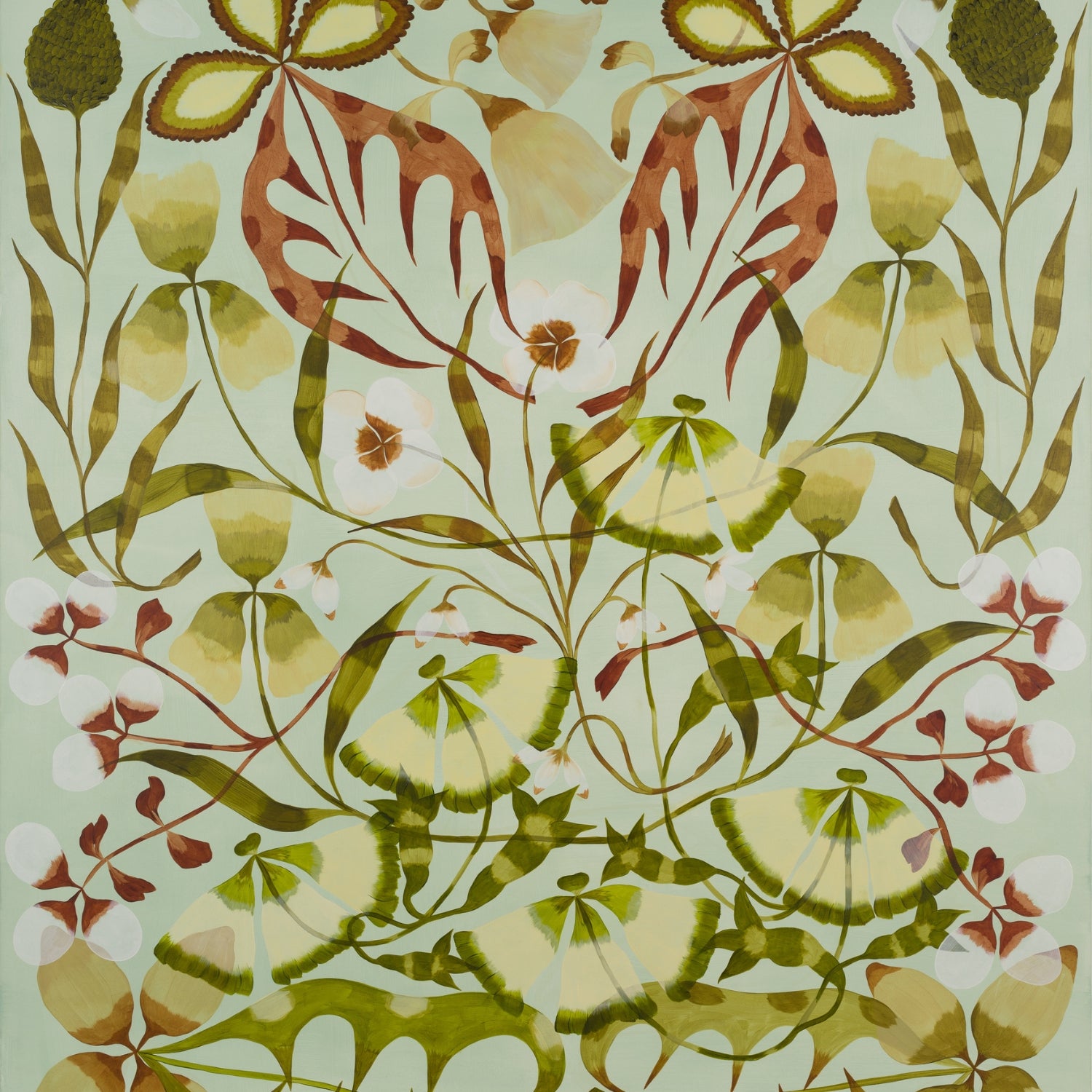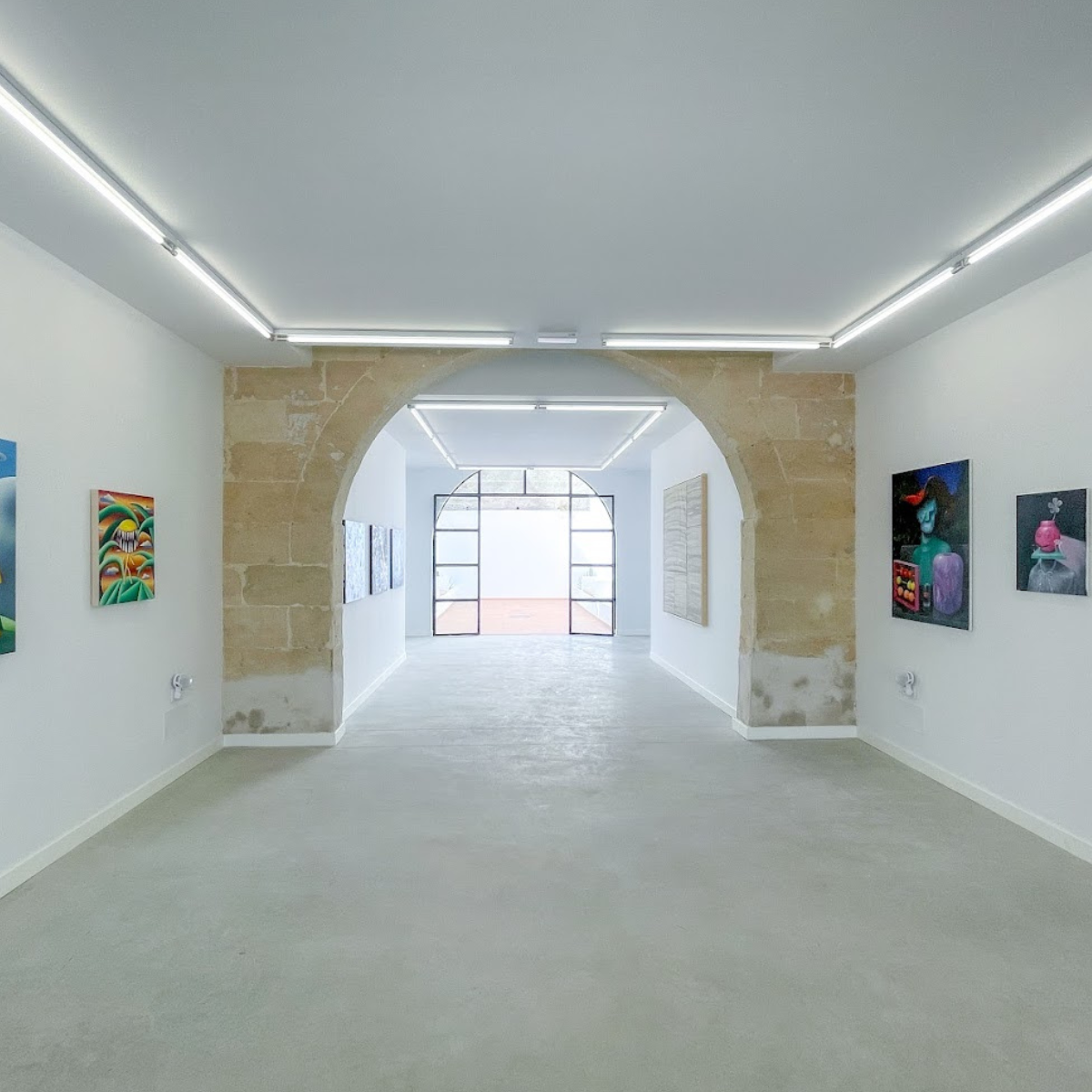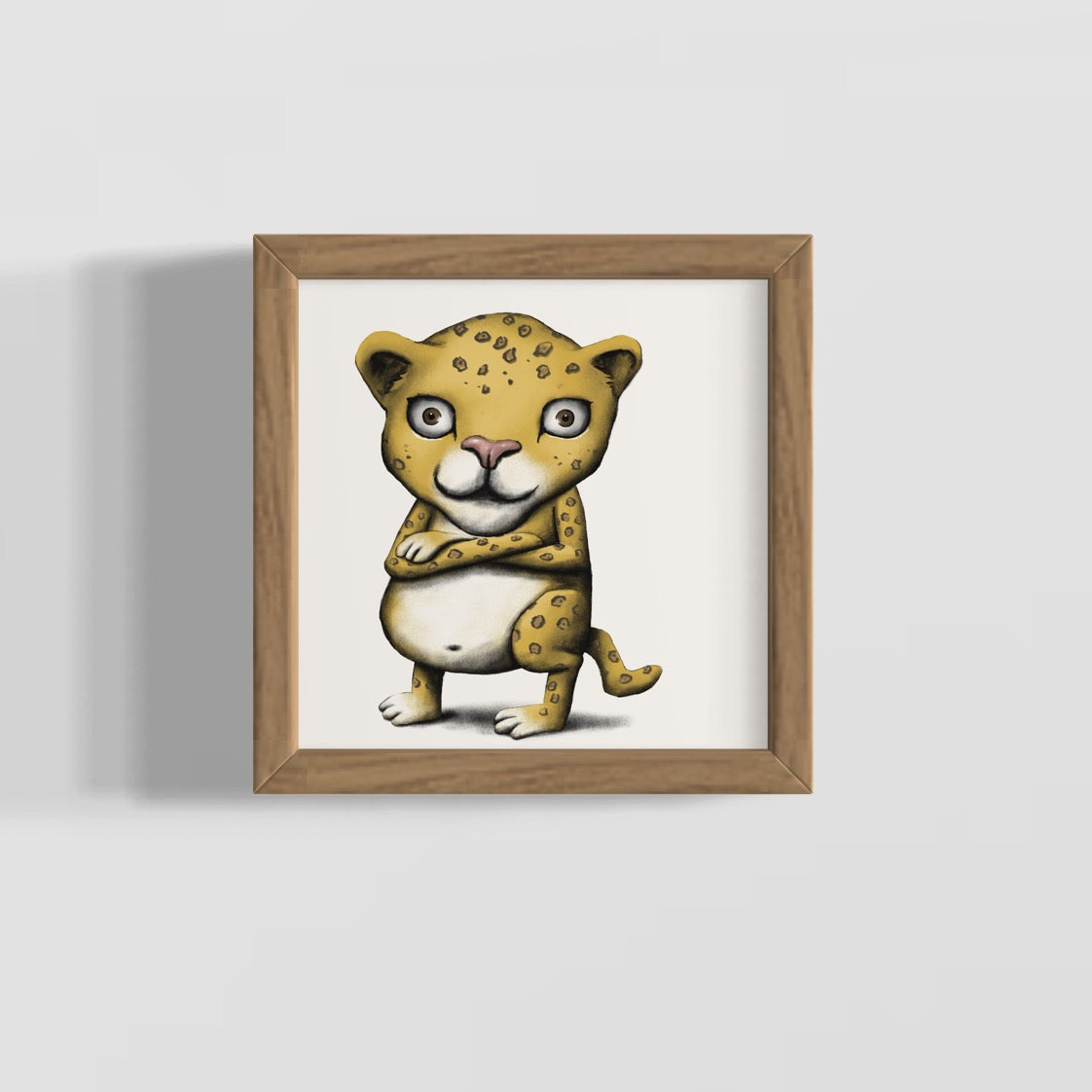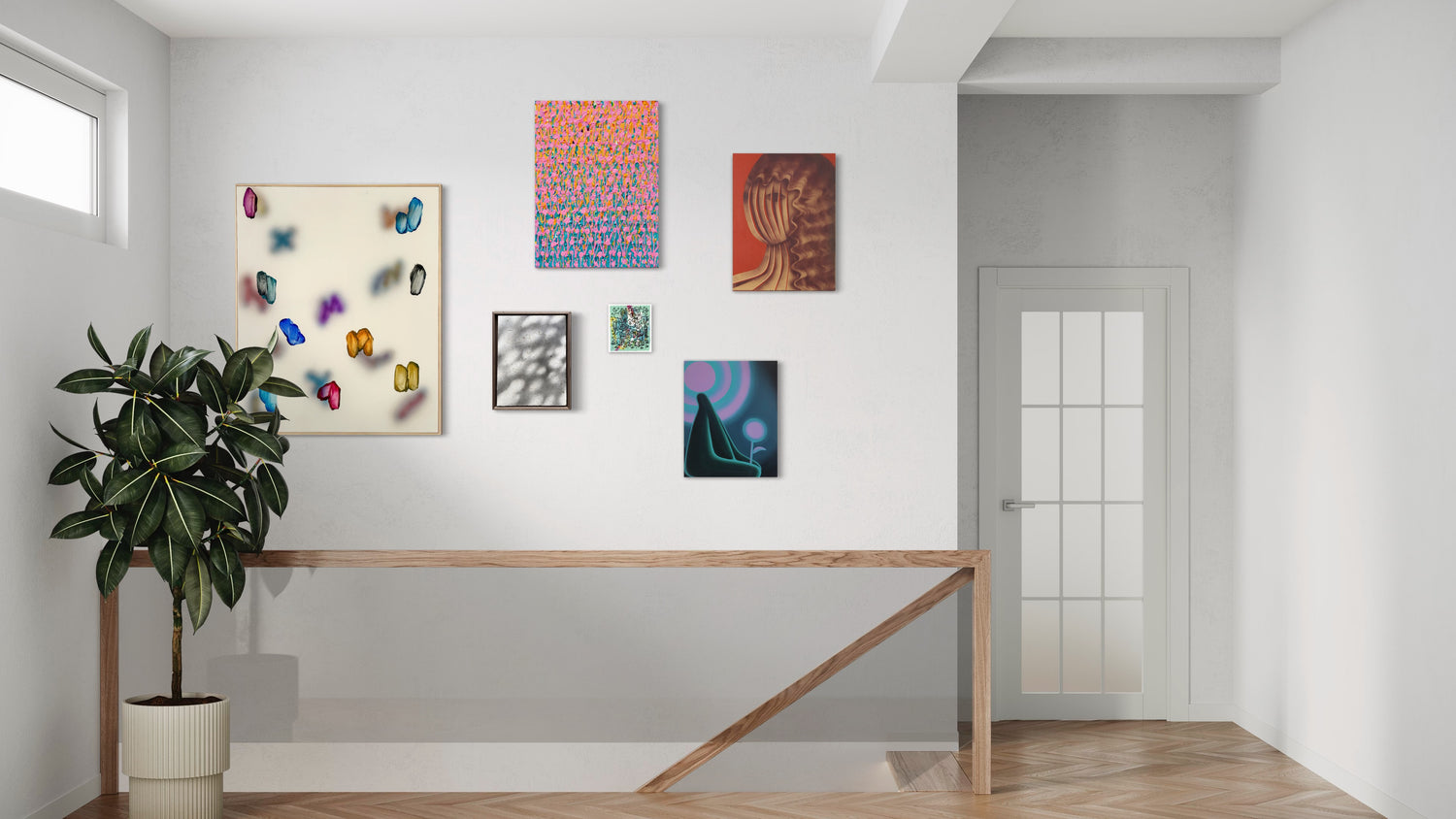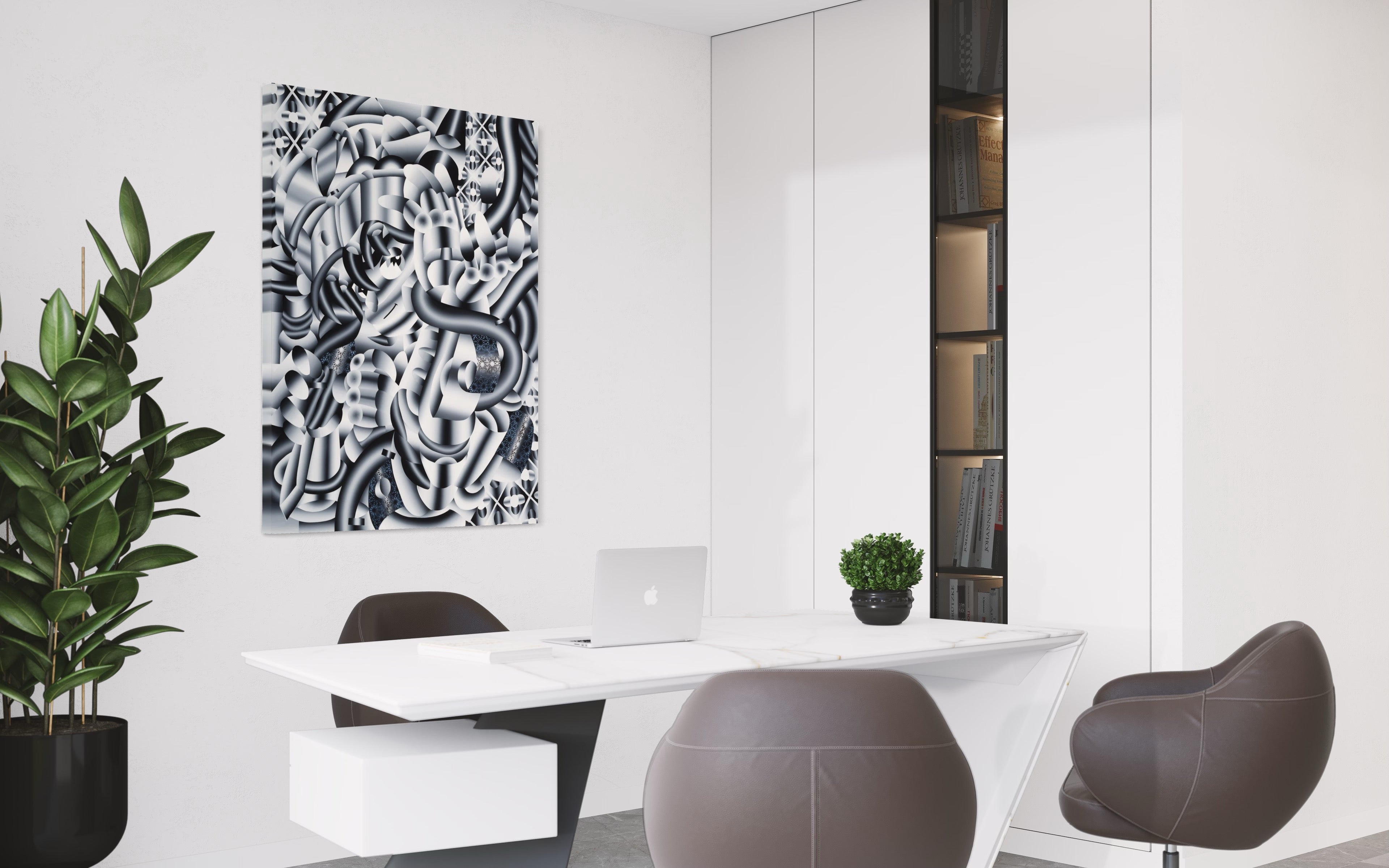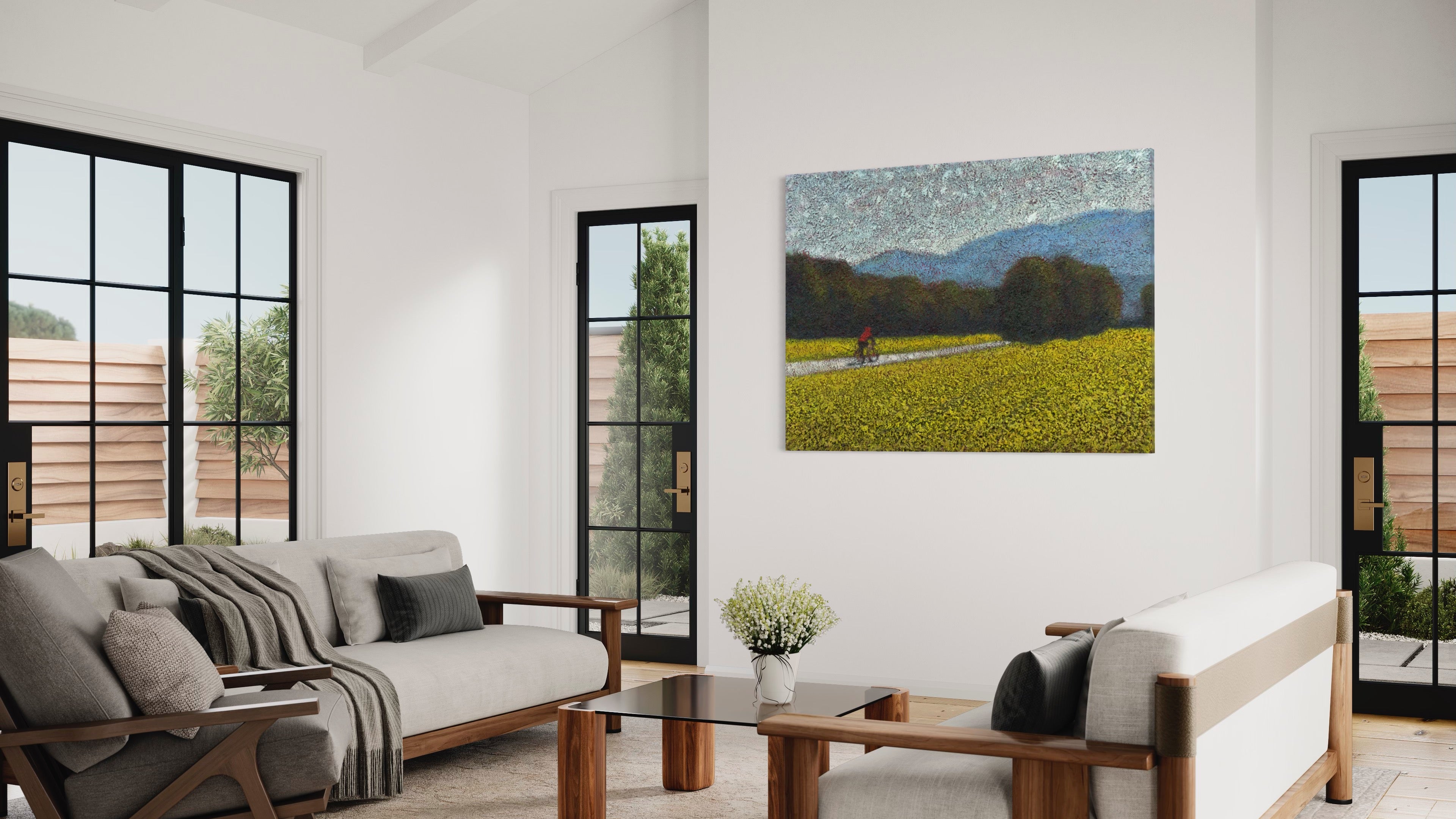Decorating your home with art can be an exciting yet daunting task. With endless options to choose from, it’s difficult to know where to start. The key is selecting pieces that complement the purpose and design aesthetic of each room. Follow these comprehensive tips when choosing wall art for every space in your house.

I. Displaying Artwork Strategically
When decorating with art, placement is just as important as the pieces themselves. Carefully choose where to locate artwork in each room for maximum visual impact.
A. Selecting the Right Spot
In living rooms, place key pieces above seating areas like sofas or sectionals to create captivating focal points. Kitchen art looks best on walls flanking sinks, stoves, and prep zones. Spotlight dining room art on empty walls away from furniture.
Aim to hang artwork at eye level so guests naturally notice and appreciate the works. Leave several inches between pieces and furniture so neither one distracts from the other.
B. Arranging Frames Creatively
Build intriguing frame collages by mixing sizes, colors, and subjects. Unify the look using identical frames or mats. Play with asymmetry instead of strict alignment for interesting compositions.
Floating frames off the wall adds depth. Use this technique to create a ledge below for candles, plants or small sculptures. Just don't block functionality.
C. Using Color to Complement Artwork
Select wall colors that make hues within the artwork pop. Contrast bright pieces with subdued walls. Complementary colors like opposite sides of the color wheel achieve balance. If unsure, neutral walls allow the art to shine.
D. Hanging Artwork Securely
Adhesive hooks easily affix frames without damaging walls. For heavy pieces, use hollow drywall anchors and distribute weight across multiple attachment points.
Rail systems suspended from ceilings securely hang multiple works using strong metal cables. This museum-quality technique prevents wall damage.
Strategic placement showcases artfully decorated interiors. Carefully curate locations and displays to create focal points that impress guests.
II. Bedroom - Create a personal sanctuary
Your bedroom is your private escape, so the art you choose should reflect your personality and interests. This personal space allows you to make meaningful connections through art.

A. Invest in special pieces
Since the bedroom offers a more intimate setting, feel free to splurge on investment-worthy artwork. Large, one-of-a-kind pieces that make a statement are perfect for this room. You can even commission a custom piece to make the space extra special. The additional cost will be well worth it to own something completely original.
B. Pick relaxing themes and soothing colors
Aim to create a peaceful atmosphere that promotes rest and rejuvenation. Serene, blue-toned pieces establish a calm mood. Steer clear of bright, energizing colors like vibrant reds and oranges. Soft abstracts, landscapes, and nature scenes work beautifully. Black and white photographs are another classic option for establishing tranquility.
Soothing themes like flowers, forests, oceans, and night skies are ideal. Avoid jarring or provocative imagery. The bedroom art you select should ease your mind, not challenge it.
C. Coordinate with bedding and fabrics
Ensure the colors and themes complement your bed linens, blanket, pillow shams, and any upholstered headboards or bench seating. Repeating cool blue and green tones or floral designs provides cohesion. If your bedding contains pops of contrasting colors, pick up on those accents when choosing art. The headboard area tends to be the focal point, so place fitting artwork above or beside the bed.
D. Consider smaller companion pieces
Don’t just stick to large statement art over the bed. Balance out bold focal points with smaller pieces throughout the room. Cluster framed nature photographs or delicate botanical prints on the wall opposite the bed or above bedside tables to continue peaceful themes. Intersperse these vignettes amongst furniture to create visual interest.
E. Add metallic accents
The rich, reflective quality of metallic finishes like bronze, silver, gold, or copper add a hint of glamour. Incorporate metallics into frames, prints, sculptures, or mirrors. This luxurious touch plays up the bedroom’s role as your personal sanctuary.
F. Install targeted lighting
Properly illuminating specific pieces creates a gallery-like feel. Install sconces, picture lights, or track lighting to spotlight artwork above the bed, alongside seating areas, or in art-filled nooks. This focused lighting showcases the details.
G. Consider placing art alongside furnishings
In addition to hanging art, lean large pieces against walls or place sculptures atop side tables, dressers, or nightstands. Just ensure they don’t obstruct lamps, clocks, or other bedside necessities.
III. Living Room - Create an inviting entertaining space

The living room is the heart of the home where you relax and entertain guests. Strive for art that sparks conversation and sets the mood.
A. Create an eclectic gallery wall
One of the best living room art options is compiling a dynamic gallery wall featuring a mix of mediums, subjects, sizes, colors, and frame styles. Include varied pieces like photography, paintings, prints, shadowboxes, and mirrors. Abstracts, landscapes, architectural sketches, still lifes, and more provide visual interest when grouped together.
Aim for 5-10 components of different proportions. Keep things balanced by selecting some large statement pieces mixed with medium and smaller works. Gallery walls look best when items are clustered asymmetrically instead of spaced evenly across the wall. Place the largest piece slightly off-center and arrange remaining items around it.
Hang the gallery wall above seating areas like couches or sectionals to provide a conversational focal point. Leave a few inches between the couch and artwork so they don’t blend together. The ideal height is about 8-12 inches above the sofa.
B. Choose individual focal pieces
In addition to gallery walls, place eye-catching standalone pieces above fireplaces or other living room focal points. Large canvas paintings make quite an impact. Scale them so they take up about two-thirds of the wall space. For ample breathing room, keep them 6-12 inches from the ceiling and surrounding furniture.
C. Reflect the room's laid-back purpose
Since the living room is meant for lounging and casual entertaining, the art should match that relaxed sensibility. Opt for approachable pieces your guests will find intriguing but not polarizing. Save very personal works for your bedroom and office.
Abstracts are always a safe bet because they are open to interpretation. You want art that gets people talking but not arguing. Whimsical or ironic pieces also elicit friendly conversations.
D. Make bold color choices
Don’t shy away from vibrant colors and patterns if they fit your personality. Energizing pieces liven up the living room’s public atmosphere. Just ensure colors complement each other and the overall room palette. If your furnishings and carpeting are neutral, bright art will really pop.
E. Consider the room's lighting
Properly illuminating living room art is key. Install recessed lighting, track lighting, or picture lights above focal walls and artwork. Table and floor lamps also cast helpful spotlights. Lighting artwork from above minimizes glare and shadows. Dimmer switches allow you to control the brightness.
Position living room lighting to avoid undesirable shadows on faces during evenings and parties. Carefully placed lamps or overhead fixtures prevent caves under eyebrows and noses.
F. Incorporate reflective pieces
Strategically placed mirrors magnify light and dimensions, making small living rooms appear more spacious. Hang an eye-catching glass mirror near a focal point painting or photograph to enhance its visual impact. Mirrored frames and metallics also catch the light beautifully.
G. Take scale into account
When selecting living room art, carefully consider its size in relation to your furnishings and wall dimensions. Oversized pieces can feel domineering, while undersized works get lost. Seek balance. For ample breathing room, keep artworks at least 2-4 inches from surrounding furniture and architectural details.
H. Arrange thoughtfully
Lay out your living room art purposefully instead of just sticking it on random walls. Place focal pieces where they’ll naturally catch the eye. Gallery walls look best behind seating areas. Just don’t overload every wall. Leave some negative space for the eye to rest.
IV. Kitchen - Add a personal touch

The kitchen is often the busiest room in the house. While art takes a backseat to function here, small touches personalize the space.
A. Focus on durability
Kitchen heat, moisture, and grease call for artwork made from durable, easy-to-clean materials. Canvas, wood, metal, ceramics, and laminated paper withstand the environment well. Avoid fragile mediums like thin paper and glass.
B. Choose appropriately-sized art
With limited wall space between countertops and cabinets, compact pieces work best. Target areas above cooktops, sinks, and prep zones to infuse personality without impeding workflows. Floating shelves are also great for displaying small art and kitchenware together.
C. Mind the range hood
Avoid hanging pieces that compete with the commanding range hood. Art looks best displayed on surrounding walls or further away. Size and install focal point artwork so that the hood still stands out.
shadowbox art.
D. Add a pop of color
Bright, cheery art livens up the expansive kitchen backdrop. Choose colors that pop against neutral cabinetry and stainless steel appliances. Botanical and fruit prints provide fresh focal points over prep zones.
V. Dining Room - Set the mood for entertaining

Art helps set the tone for intimate dinner parties and family meals. Use large, distinctive pieces to inspire conversation.
A. Choose bold artwork
The dining room walls present the perfect opportunity to go big and bold. This designated space allows for more dramatic styles like abstract expressionism. Choose vivid, large-scale paintings or metal sculptures guaranteed to spark dialogue. Allow commanding pieces to take center stage.
B. Use art to accentuate architectural details
Draw attention to the room’s beautiful built-ins like wainscoting, crown molding, or chair rails. Choose sufficient negative space around ornate areas. Art grouped too tightly will compete.
C. Make smart scale choices
Carefully proportion artwork so it doesn’t feel dwarfed by large furniture. Sizeable pieces hold their own. Ensure artwork doesn’t impede conversational flow across the table. If possible, keep it near eye level while seated.
D. Illuminate properly
Install recessed or track lighting to spotlight focal art away from the dining table, where glare may be disruptive. Wall sconces flanking artwork provide ideal up-lighting.
E. Use art to define spaces
Clearly demarcate open dining areas from adjoining kitchens or sitting rooms using room-dividing bookcases, screens, or railings adorned with art. Unify, yet separate the spaces.
VI. Bathroom - Create a tranquil setting

Bathroom art should aid relaxation by featuring serene themes and durable materials that withstand moisture.
A. Focus on soothing style
Promote tranquility with peaceful landscape paintings, misty forest photography, and ocean horizons. Calming colors like white, pale blue, and gray keep the mind relaxed. Botanical illustrations also enhance the spa-like atmosphere.
B. Consider compact sizes
With limited wall space between sinks, mirrors, and showers choose appropriately-sized pieces. Small canvases, prints, and photographs fit nicely above toilets, behind faucets, and alongside bathtubs.
C. Use humidity-resistant mediums
Moisture demands mold-resistant artwork like properly sealed prints, canvas, ceramics, and laminated paper. Avoid dampness-prone mediums like paper or cardboard. Frame everything, even canvases, for added protection.
D. Add visual interest with frames and floats
Interesting frames boost ordinary prints. Floating artwork off the wall also adds depth. Use floats to create a spa-like ledge for candles, greenery, or small sculptures. Just don’t obstruct mirror usage.
E. Define alcoves with art
Bathrooms often contain arched alcoves perfect for thin shelving or built-in wall niches. Display collections of rolled towels, candles, or small artwork there. Hang a print or mirror centered within the alcove to accentuate the charming space.
F. Reinforce the color scheme
Pull colors from bath towels, rugs, shower curtains and vanities into corresponding artwork. Cool tones like serene blues, greens and grays promote relaxation. Warm metallics add soothing shimmer.
G. Zone large bathrooms
Use large artwork or room screens to designate separate zones for soaking tubs, showers, toilets, and vanities in spacious baths. Define each functional area.
VII. Home Office - Enhance productivity with inspiring art

Curating an inspirational art collection can profoundly impact your focus and energy when working from home. Surround yourself with pieces that motivate you to stay productive all day.
A. Display expansive statement art
Make a bold statement by displaying striking large-scale artwork like abstract paintings or scenic photographs. This focal point piece will become the anchor for your office decor.
Choose imagery and hues that energize you personally - opt for warm tones rather than cool blues which can drain energy. Position this motivational artwork where you can view it often. Let it set the tone for productive, creative work days.
B. Incorporate pops of color
While neutral walls are recommended for home offices, don't be afraid to incorporate pops of color through vibrant artwork. Limit yourself to one or two brightly colored pieces to avoid overstimulation.
Energizing hues like golden yellow, vermillion red or chartreuse green can boost creativity and concentration in moderation. Just take care that the bold colors complement each other and tie into the rest of the office decor.
C. Display calming natural scenes
While color energizes, artwork depicting serene nature can promote mental clarity. Frame photographed or painted scenes of environments you find calming like mountains, forests, deserts or oceans.
Connecting with natural imagery, even vicariously through artwork, lowers stress. Opt for large landscape orientation pieces to play up the tranquil feeling. Position photography and paintings so you can periodically glimpse them.
Work productivity hinges heavily on environment. Carefully curate an inspirational art collection to boost your motivation, energy and focus all workday long.

CONCLUSION
Decorating your home with wall art is a creative and fulfilling endeavor that can transform your living spaces into unique, expressive environments. By strategically selecting and placing artwork, you can enhance the aesthetic and functionality of each room.
Remember, the key to successful wall art styling lies in careful planning and consideration of each room's purpose, design, and your personal preferences. Whether you're creating a peaceful retreat, an inviting entertaining space, or a productive home office, art can play a significant role in shaping the atmosphere and functionality of your home. So, take your time, explore different options, and let your creativity shine as you curate your unique collection of wall art. With the right choices, your home will become a canvas that reflects your individuality and enhances your daily life.
Frequently Asked Questions (FAQs) - Styling Wall Art in Your Home
1. How do I choose the right artwork for my home?
Choosing the right artwork for your home begins with understanding the purpose and design aesthetic of each room. Consider how the art complements the function and color scheme of the space. Think about the mood you want to create and your personal preferences to guide your selections.
2. Where should I hang artwork in my living room?
In the living room, it's best to place key pieces above seating areas like sofas or sectionals to create captivating focal points. For kitchen art, walls flanking sinks, stoves, and prep zones work well. In the dining room, focus on empty walls away from furniture. Aim to hang artwork at eye level, leaving some space between the art and furniture to prevent distractions.
3. How do I arrange frames creatively?
To create visually appealing frame collages, mix and match sizes, colors, and subjects. You can unify the look using identical frames or mats or play with asymmetry for more interesting compositions.
4. What colors should I choose for my walls to complement artwork?
Select wall colors that enhance the hues within the artwork. You can either contrast bright pieces with subdued wall colors or use complementary colors from opposite sides of the color wheel to achieve balance. When in doubt, neutral wall colors provide a versatile backdrop that allows the art to shine.
5. How can I hang artwork securely?
For lighter frames, adhesive hooks are a practical choice that won't damage walls. However, for heavier pieces, it's essential to use hollow drywall anchors and distribute the weight across multiple attachment points. Consider rail systems suspended from ceilings for hanging multiple works securely without damaging the walls.
6. What kind of artwork is best for a bedroom?
In the bedroom, invest in special, one-of-a-kind pieces that resonate with you since it's a personal sanctuary. Opt for artwork with relaxing themes and soothing colors to create a peaceful atmosphere. Coordinate the art with your bedding and consider adding smaller companion pieces to maintain a sense of balance and visual interest.
7. What artwork is suitable for a living room?
In the living room, you have the flexibility to either create an eclectic gallery wall with a mix of mediums, subjects, and sizes or choose striking individual focal pieces. Select artwork that reflects the relaxed sensibility of the room and opt for pieces that spark conversations without being overly polarizing.
8. What's the best artwork for a kitchen?
For the kitchen, prioritize durability due to heat, moisture, and grease. Choose compact pieces and focus on areas above cooktops, sinks, and prep zones to add a personal touch without disrupting workflows. Avoid hanging art that competes with the range hood, and consider adding a pop of color to brighten up the space.
9. What kind of art is ideal for a dining room?
In the dining room, go for bold and dramatic artwork to set the mood for entertaining. Select subject matter related to food, drink, and cultivation to reinforce the room's purpose. You can also consider three-dimensional art and use art to accentuate architectural details for added visual interest.
10. How can I use art to create a tranquil bathroom setting?
In the bathroom, focus on soothing styles and calming colors to promote relaxation. Use moisture-resistant materials for artwork and consider framing pieces for added protection. Define alcoves with art, reinforce the color scheme, and enhance the spa-like atmosphere to create a tranquil setting.
11. How can art enhance productivity in a home office?
Curating an inspirational art collection in your home office can boost focus and energy. Display large-scale, striking artwork as a focal point that sets the tone for productive workdays. Incorporate pops of color for inspiration, but limit them to avoid overstimulation. You can also display calming natural scenes to promote mental clarity and create an environment conducive to work.


